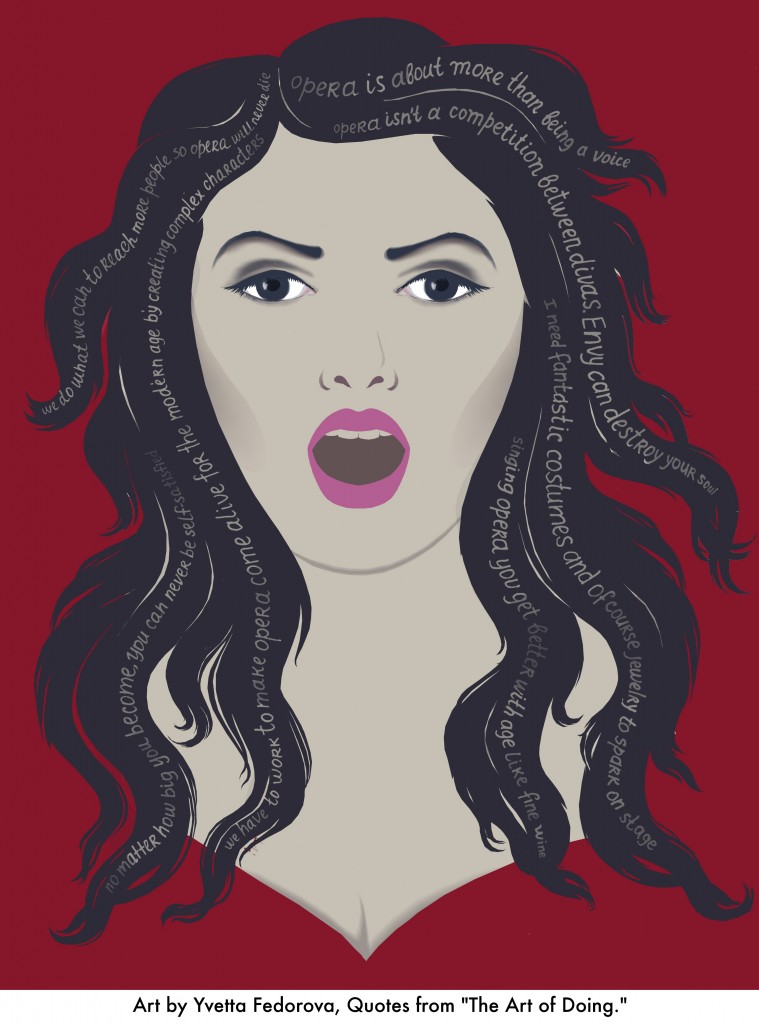
The very concept of humility can make us queasy. In this self-promotional era of social media flaunting and positive thinking, to be humble can seem to put us at a competitive disadvantage or seem hollow. As Jane Austen put it, “Nothing is more deceitful than the appearance of humility.”
To understand humility, it’s helpful to first take a look at its mirror image, pride. Not the kind of pride in which we maintain a healthy self-regard or feel satisfaction in a job well done, but the excessive pride of what 17-century philosopher Spinoza described as “thinking more highly of oneself than is just.”
In Christian teachings pride was condemned as one of the Seven Deadly Sins. But according to modern research, pride is the result of a dizzying array of cognitive distortions from illusory superiority to egocentrism, including a host of skewed tricks of the mind such as the confirmation bias, hindsight bias, overconfidence phenomenon and gambler’s fallacy. Numerous studies have shown that we construct and reconstruct our opinions, memories and self-worth relative to others in order to flatter ourselves. In other words, pride is our default setting, causing us to warp the raw data of reality in order to convince ourselves that we are better than we actually are. Continue reading “Superachiever Secret Power: Humility”

